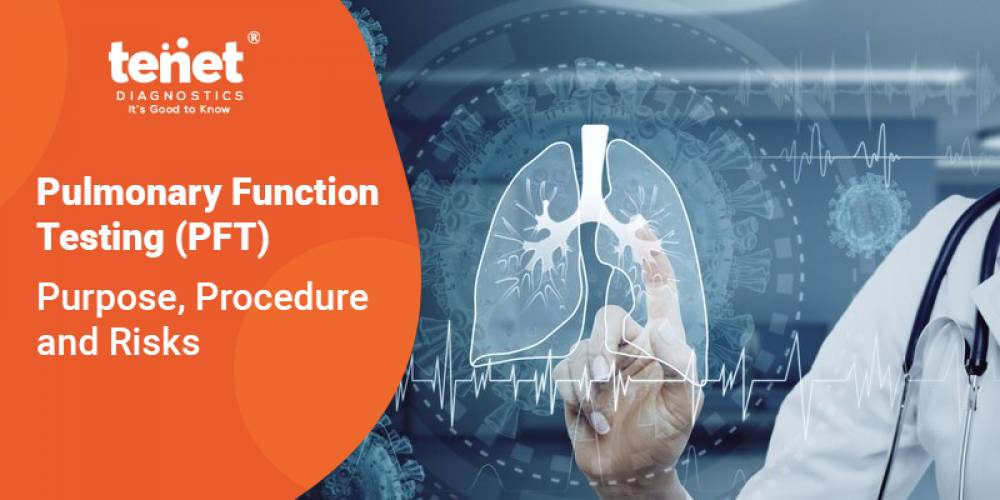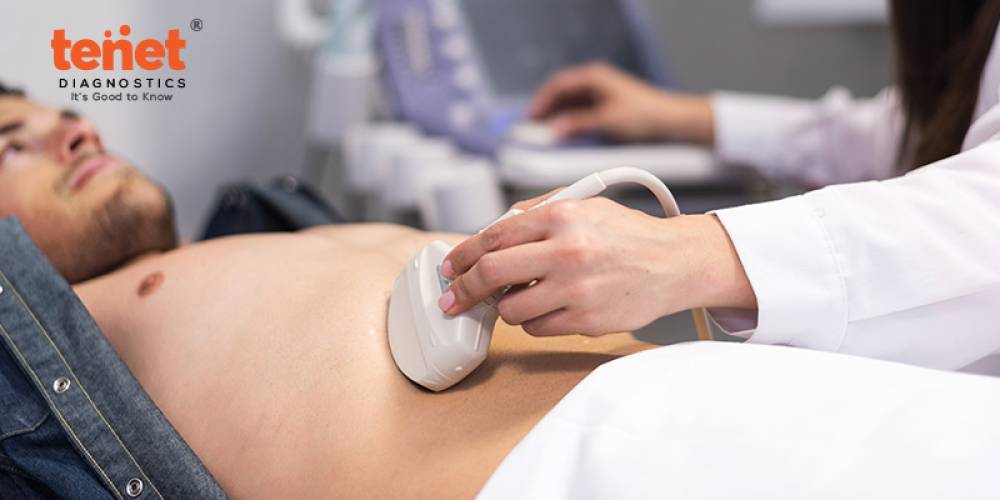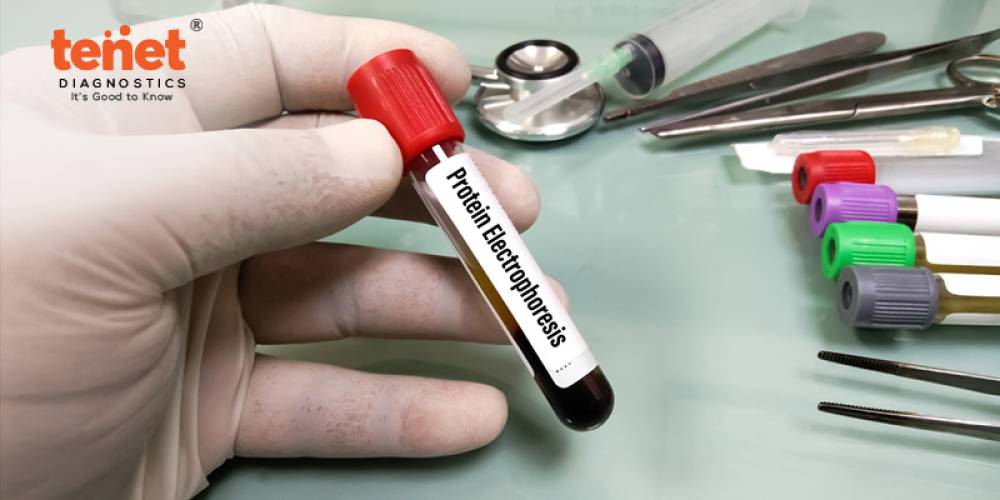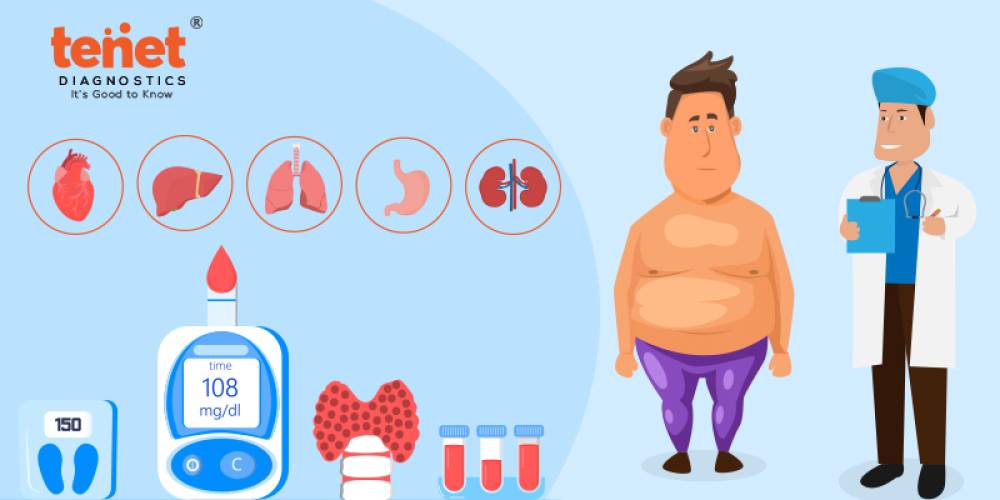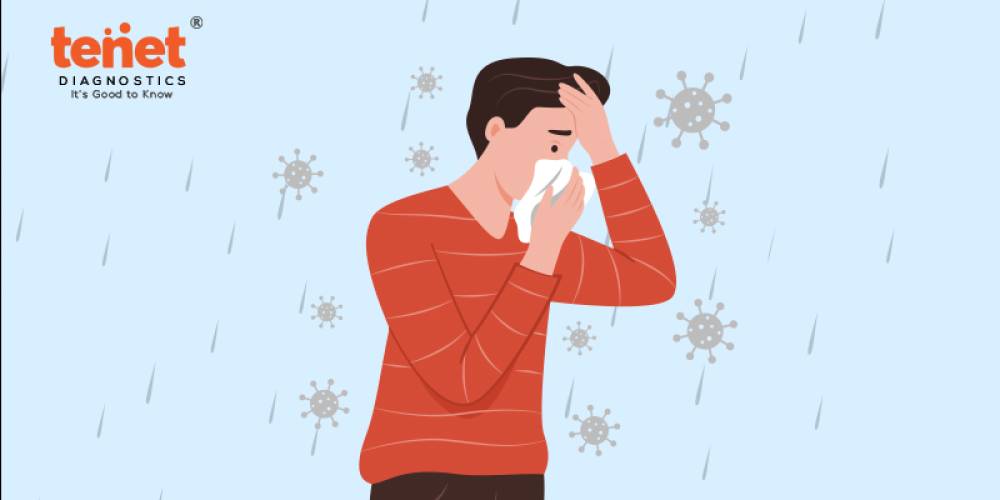Welcome to our in-depth blog about PFTs, or pulmonary function tests, which are crucial diagnostic tools for determining the condition and functionality of your lungs. The aim, the process, and the potential risks of the Pulmonary Function Test will all be covered in this guide, whether you're looking for information for personal comprehension or getting ready for a future PFT. It's essential to comprehend your pulmonary function, particularly if you have respiratory problems or are a medical expert trying to grasp this critical diagnostic procedure. Pulmonary Function Test cost in Hyderabad can be discussed at Tenet Diagnostics where you get premium testing plans at minimal and cost-effective rates. To find the nearest Tenet diagnostic branch around you to undergo the test, search for “pulmonary function test near me”.
What is Pulmonary Function Testing?
how effectively your lung functions while exercising. Different breathing tests are included in pulmonary function tests (PFTs), which assess how well your lungs exchange air. You breathe in air and exhale it with the assistance of your lungs. PFTs come in a wide variety of forms. Others assess your lungs' capacity to absorb oxygen into your blood and how your lungs respond to activity. This difference in tests can vary the PFT test price in general.
Types Of Lung Function Tests
Some popular lung function tests include:
1. Spirometry
The amount of air you can inhale and expel is measured by spirometry. Additionally, the PFT results calculate how much air is in your lungs.
2. Lung volumes or plethysmography of the body
After inhaling and exhaling, the various amounts of air in your lungs are measured by lung volumes or body plethysmography.
3. Study of gas diffusion
A gas diffusion study determines how much oxygen and other gases go from your lungs to your blood.
4. Exercise test for the heart and lungs (CPET)
A CPET evaluates the efficiency of your heart, lungs, and muscles during exercise.
When Does a Person Need to Undergo a Pulmonary Function Test?
Your doctor may prescribe pulmonary function testing if you experience lung or airway symptoms like a cough or shortness of breath, have surgery, use tobacco products, or smoke. These signs could consist of:
- Pressure, pain, or tightness in the chest
- Coughing, especially if you cough up phlegm or mucous
- Having trouble breathing or exhaling deeply
- Dyspnea, or shortness of breath
- Wheezing
Your doctor may request a pulmonary function test as part of a standard physical examination even if you are symptom-free. Your healthcare provider can use PFTs to:
- Look for airway constriction in your lungs.
- Early alterations in your lungs' capacity to deliver oxygen to your blood should be noted.
- Analyze how smoking continues to affect chronic lung conditions.
- Consider whether taking a prescription could make breathing easier.
- Recognize whether your lungs have been impacted by environmental substance exposure.
- Find out whether you can withstand surgery or other medical procedures.
How Is the Test Performed?
Airflow is measured via spirometry. Spirometry can assess various lung illnesses by monitoring the quantity and rate of air you exhale. During a spirometry test, you sit and breathe through a mouthpiece attached to a device known as a spirometer. The spirometer keeps track of the volume and rate of air you live in and out over time. Some numbers may alter when standing. You can breathe regularly and softly throughout part of the test measurements. Other tests demand a forced breath in or a forceful breath out. On occasion, you can be asked to breathe in a different gas or a drug to check if the results of the test change.
There are two ways to measure the size of the lungs
Body plethysmography is the most precise method. You are seated in what appears to be a phone booth-like clear sealed enclosure. The technician asks you to breathe in and out through a mouthpiece. Changes in internal pressure determine the lung volume. When you inhale nitrogen or helium gas through a tube for a predetermined time, your lung volume can also be assessed. To calculate the lung volume, the gas concentration in a chamber connected to the tube is monitored. You breathe a harmless gas, known as a tracer gas, for a brief period—often only one breath—to evaluate diffusion capacity. It is measured by how much gas is present in the air you exhale. How efficiently gas moves from the lungs into the blood is determined by the difference between the amounts of gas exhaled and inhaled. A medical professional can use this test to gauge how efficiently the lungs transfer oxygen from the air to the blood.
Final Words
You can experience transient shortness of breath or dizziness because the test requires some forced and quick breathing. You might also cough sometimes. You will have nose clamps and a tight-fitting mouthpiece for breathing. The test portion in the enclosed booth may be uncomfortable for claustrophobic people.
The Pulmonary Function Test (PFT) is essential for determining how well our lungs work. PFT assists both patients and healthcare professionals make knowledgeable decisions regarding treatment and management. Its primary goal is to examine respiratory health and identify potential concerns. Despite being complicated, the technique is non-invasive and generally well-tolerated by people. PFT gives a plethora of information through various easy breathing techniques, enabling precise diagnosis and customized treatment programs.

